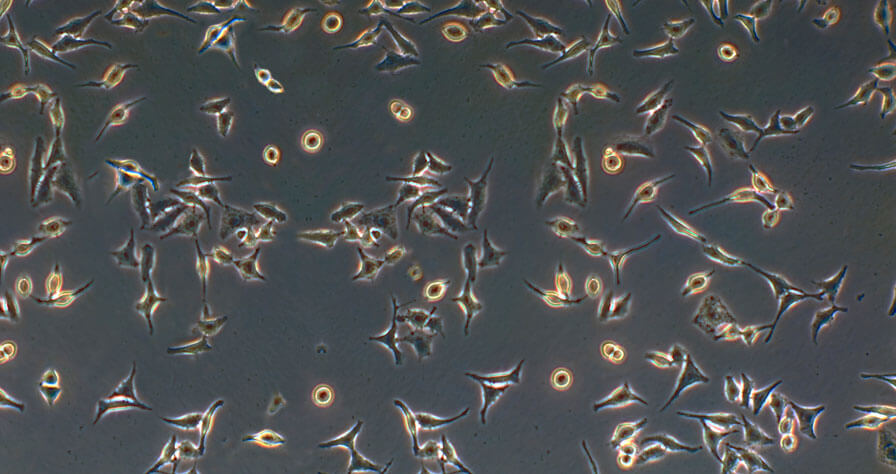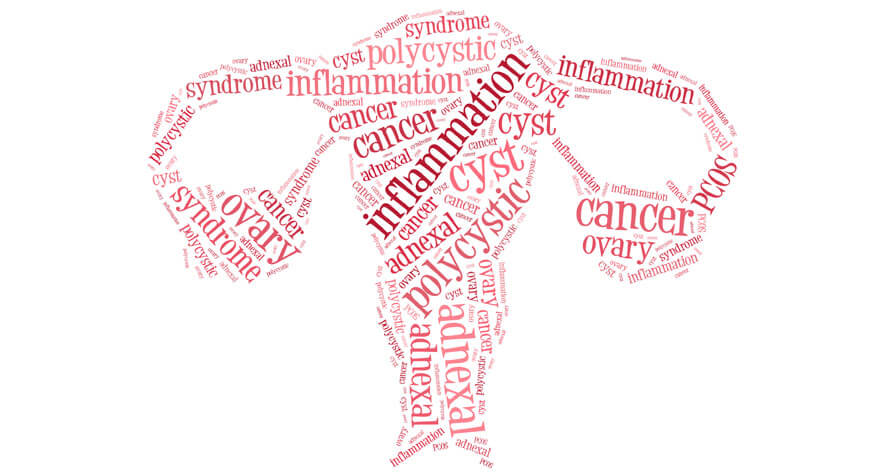3 Ways to Prevent Cervical Cancer

One healthy way to start the New Year is to schedule your annual checkups and screenings now, before you get busy, even if they aren’t due until later in the year. For women, these appointments should include a Pap test, usually done during a regular visit to the gynecologist.
January is recognized as Cervical Health Awareness Month, and the National Cervical Cancer Coalition (NCCC) has teamed with the American Sexual Health Association (ASHA) and physicians across the country to warn women that cervical cancer often goes unnoticed until its advanced stages, but it can be prevented and treated when caught early.
According to the NCCC, all women should:
- Vaccinate early
- Get a Pap test regularly if you are age 21 or older
- Have an HPV test when recommended
Each year, more than 12,000 women are diagnosed with cervical cancer, and more than 4,000 of them will die from the disease, caused by the human papillomavirus (HPV), a virus that is present in many people, but doesn’t usually turn into cancer. The standard way to check for changes in the cervix that might indicate cancer is the Pap test, which has reduced deaths from cervical cancer by more than 70 percent over the last 50 years. A second test, which examines cells for the types of HPV most likely to lead to cervical cancer, is recommended for some women.
Most women do not experience symptoms until cervical cancer has developed and spread, but symptoms can include: vaginal discharge, abnormal vaginal bleeding, vaginal odor and pain. These issues can be a result of other, less serious health problems, so it is important to a woman to see a doctor if she is having any of these symptoms. The earlier precancerous cells or cancer is found and treated, the better the chance that the cancer can be prevented or cured.
Discuss getting an HPV vaccine, if you are 26 years old or younger.



